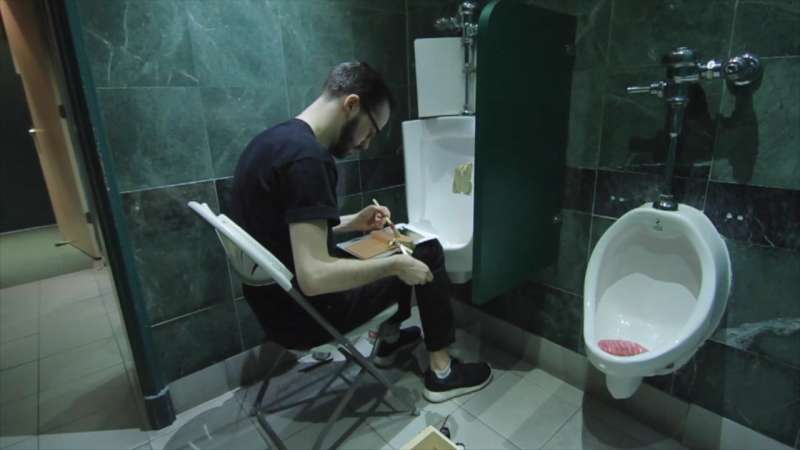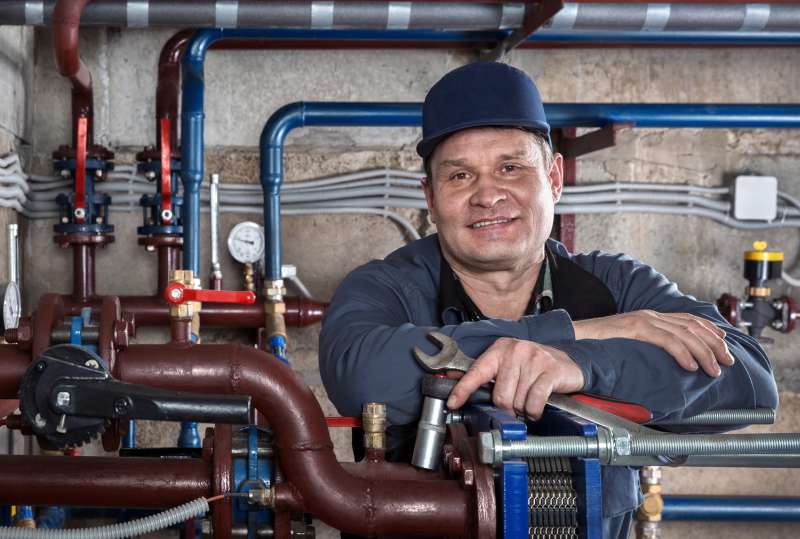Sewer Backups Plumbing Services in Colgate, WI
Colgate Sewer Backups Professionals on call now in Washington County
Sewer Backups is a critical plumbing service resolving wastewater overflow caused by blockages, pipe damage, or system overload. The service involves removing blockages, inspecting with cameras, and fixing or updating damaged sections of the sewer line. Prompt attention avoids structural issues, environmental contamination, and health risks associated with sewage exposure
We provide excellent Plumbing services throughout Washington County. Whether you need help with Sewer Backups or other issues, our Team is ready.
Plumbing Services in Colgate, WI

Appliances
Setting up dishwashers, hot water heater (tank and tankless), waste disposal unit, and washing machines.

Backflow Testing and Prevention
Ensuring backflow avoidance devices are working properly.

Bathroom and Kitchen Remodeling
Relocating or upgrading plumbing systems.

Building Code Compliance
Making sure plumbing systems fulfill regional regulations.

Burst Pipes
Immediate action to prevent flooding and water damage.

Clogged Drains
Cleaning clogs in sinks, toilets, showers, and sewer lines.

Drain Cleaning
Regular cleaning to prevent clogs and keep flow.

Fixture Repairs
Repairing malfunctioning faucets, toilets, and other components.

Fixtures
Installation of sinks, faucets, toilets, bath tubs, and showers.

Gas Leaks
Emergency detection and repair to prevent risks.

Gas Line Repairs
Repairing gas leakages and guaranteeing appropriate gas line functioning.

Greywater Recycling Systems
Establishing systems for reusing household wastewater.

Hydronic Heating
Installing and preserving radiant flooring heater.

Industrial Pipework
Specialized piping for factories or commercial settings.

Irrigation Systems
Installing and keeping outside watering.

Large-scale Installations
Plumbing systems for brand-new buildings or restorations.

Leak Detection and Repair
Fixing leaks in pipes, faucets, toilets, and devices.

Overflowing Toilets
Quick resolution of serious obstructions and overflows.

Pipe Inspections
Utilizing electronic cameras to examine pipelines for damage or blockages.

Pipe Repairs
Fixing or changing burst, corroded, or damaged pipes.

Pipes and Fittings
Installing brand-new piping systems for water, gas, and drainage.

Pre-Purchase Inspections
Assessing plumbing systems before buying property.

Rainwater Harvesting Systems
Setting up systems to collect and utilize rainwater.

Regular Maintenance Contracts
Continuous maintenance services for businesses.

Septic System Services
Setting up, repairing, and maintaining septic systems.

Sump Pump Installation and Repair
Handling groundwater in basements.

Upgrading Fixtures
Installing water-efficient or modern-day components.

Water Efficiency Consulting
Advising on water-saving techniques and items.

Water Filtration Systems
Installing water softeners and filtering systems.

Water Heater Maintenance
Flushing and inspecting hot water heater to lengthen lifespan.

Water Heater Repair
Attending to problems with temperature level, leakages, or failure to heat water.

Waterproofing
Protecting basements or other locations from water intrusion.

Sewer Backups
Immediate attention to prevent contamination and health dangers.


